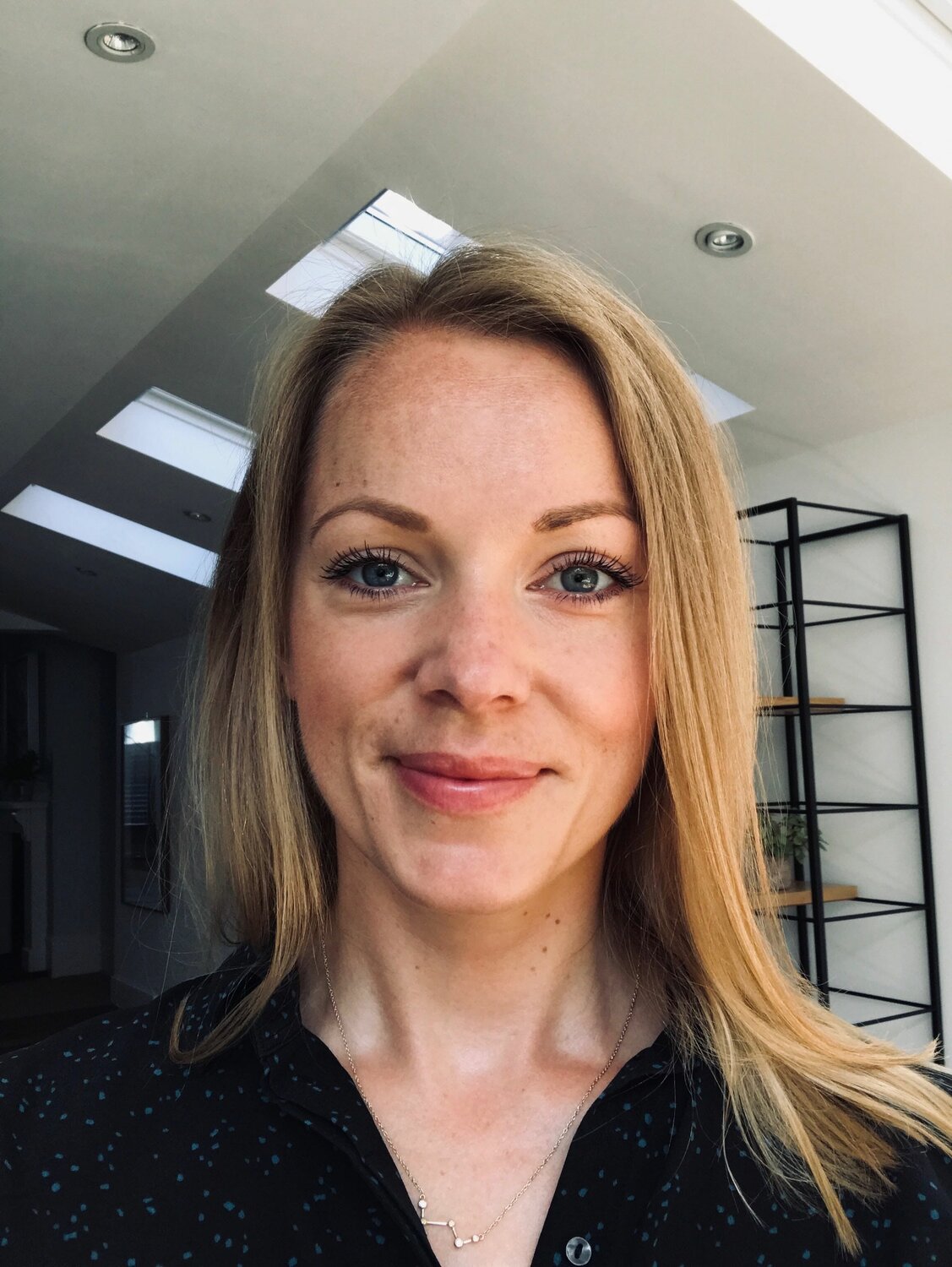Every month, product experts from around the world share their ideas and insights in our Prioritised and MTP Leader content, and every month we recap some of their finest tips. So, whether you're a member who'd love a quick recap or a non-member who'd love a glimpse inside some of our membership content, we've got you covered.
Here are this month's 5 quick tips from the content published in September.
1. Involve the right people in customer development
The Customer Development framework was developed by Steve Blank as part of the Lean Startup methodology and in A product manager’s guide to customer development, we spoke to Steve for some advice on how to use it to best effect.
One of his tips is to always involve someone with the authority to pivot. Don’t send proxies rather than decision-makers to do customer development work, they won’t want to tell you that your baby’s ugly. “It happens all the time,” says Steve, “people hire a junior person to go out and collect the data, or a market research firm to do a survey. And no one wants to report bad news to the boss. So if you don’t have the authority to make a change, then don’t bother to do this process.”
Equally, dealing with stakeholders who are invested in a product can be difficult to manage. We also spoke with Cindy Alvarez who advises that you set expectations up front that you might be dealing with unpopular truths, find out what would make them confident, and what would allow them to change. Take them through the questions you want to ask potential customers and find out if there are any questions they would like to ask. It will make them feel part of the process. And if, as sometimes happens, a stakeholder asks for quantitative data then Cindy will look for existing data that supports her interviews.
2. To land that job, focus on your strengths, aspiration, and career story
In our first ever async Q&A we gave members the opportunity to post product career questions for the Director of Product at Onfido, Susana Videira Lopes. Here's one of her answers to the question:
Do you have any advice for someone trying to move jobs right now? It feels like there are hundreds of product managers all going for the same roles. How can I make sure I stand out from the crowd?
Says Susana: "Indeed we are in a hot jobs market at the moment! During 2020 most people were grateful to be able to keep their jobs, and there was very little movement or attrition.
Now with the relaxation of lockdown measures across Europe, and people less worried about job safety, loads of product managers are reassessing their priorities and applying for new roles.
When it comes to job hunting and positioning yourself, you want to spend some time thinking about your strengths, aspirations, and career story so far.
Strengths
In strengths, you could try to assess whether you have built up breadth or depth.
For example, have you spent a lot of time in a particular market like Fintech or Health tech? Being a specialist from a particular domain often gives you an edge.
Or maybe you’ve had a lot of breath when it comes to different platforms/stacks you’ve worked on: say you’ve done work on apps, web front end, technical backend, platform, machine learning-powered products?
Or maybe you’ve had a lot of experience in a particular type of company like B2B, or B2C or B2B2C? Or maybe you’ve had loads of experience in particular business models like marketplaces, or e-commerce?
More and more product manager roles are becoming specialised, with people who are able to demonstrate prior experience in a particular market, or business model, getting preference over generalists.
Aspirations
When interviewing, be clear about your goals and aspirations. A product manager who says “I just want to learn more about being a better product manager”, is less memorable than one who says “My long term goal is X, and I have identified that the gaps I have right now to get there are in Y and Z. I’m hoping my next role gives me opportunities to develop in those areas.” It shows you have a roadmap for your career and demonstrates maturity in how you think about yourself.
Career story
When a recruiter asks about your prior experience it’s good to have a quick sharp story to tell them. Have a look at your past experience and think about how to position it with a short pitch.
For each role, you should be able to say the state the product was in when you joined and how you left it. Ideally with metrics. Eg, when I joined retention, was X% and I drove the team through experimentation and we got it to Y%. Or maybe you want to use revenue, or new products launched.
Then focus on the transitions between roles, how did each role build on the previous one, or what were you trying to achieve for your career by going from one to the other. These bridges in the story will help the interviewer understand how you think about your career progression and whether you’re strategic with it.
If you’ve jumped around a lot between roles, consider positioning them as a way to either get breadth or depth in your strengths, rather than go through each individually which would probably make it too long.
Here’s my rough career story as an example:
I come from a technical background and studied engineering, including machine learning at university. I joined Huddle as a graduate and effectively learned how to be a product manager there. I worked across all domains from mobile apps, web front end, and backend. I loved working in B2B and wanted to join a company that worked on machine learning-powered products given my background.
At Onfido I joined and took over the biometrics line of business when it had £XXk revenue, and it was a single underperforming product based on a third-party integration. Over my 4 year tenure, I replaced all the tech with inhouse ML models, launched 3 new products from scratch as an individual contributor, and hired and managed a team of product managers as the line of business grew. Today the biometrics line of business generates £YYm revenue a year."
Members can check out all of the other product career questions, and Susana's answers to them in the Async Q&A on product careers.
3. Avoid taking a solution-first approach
In How to overcome rookie product management mistakes, Smriti Pant, then Product Manager at Hike, talks us through 5 rookie product management strategy mistakes and offers tips and tricks to solve them all. One of those, Smriti explains, is taking a solution-first approach.
A product manager’s job is to ask the right questions and work towards a decision. A solution-first approach means a bias towards one solution, and you’ll probably use your data to validate that solution in your head. Smriti explains that while this might lead to quick decision-making it also leads to a boxed-in thinking structure, with no room for innovation and reduced opportunity to collaborate, and means that blind spots will be missed.
Her advice? Resolve this mistake by working backwards from the problem, asking yourself the key questions of motivation, timeline, capability, and alternatives, and creating a process of checks and balances.
4. When negotiating, remember you're all on the same team
In the first of our new, Quick Reads, Learning to negotiate — when, why and how, we outline why negotiation is such an important skill for product managers to master and how to improve your ability to negotiate with confidence.
As this is a quick read, we can't give away all the goods but here's one of the tips from Product coach and consultant Jen Swanson:
Remove the word “they”, she tells us. Remember that no matter who you’re negotiating with, you all work for the same business, and empathy goes a long way. “Those compliance and regulatory people are keeping us out of orange jumpsuits,” says Jen.
5. To build trust, you need to overshare
In How to encourage change by building trust we speak to CoderPad CEO Amanda Richardson, Mind the Product Managing Director Emily Tate, and leadership coach Donna Lichaw for their advice on building trust as a leader and how can that help to encourage positive change in your organisation.
Emily recommends that product leaders should think about oversharing and remember that it takes time to build trust. Says Emily: “I try to be as transparent as I can. I try to let people know my thought process, I talk about the conversations I've had. I don't wait until things are finished to give people updates, regardless of whether they're above me or below me, I want people to have insight into what's going on. There are many people who say they're transparent, but who are definitely not. You can't just say it and have people believe it.”
There's more where this came from
Thousands of Mind the Product members are already levelling up their careers, honing their product craft, and uncovering new ways to build great products. Join them to unlock more content like that featured here, plus:
- Premium deep dives, reports, and case studies
- ALL #mtpcon keynote and sessions videos
- Exclusive events — AMAs, panels, and fireside chats
- Roundtable discussions — talk product with new connections
Discover Prioritised membership or compare all membership plans.







